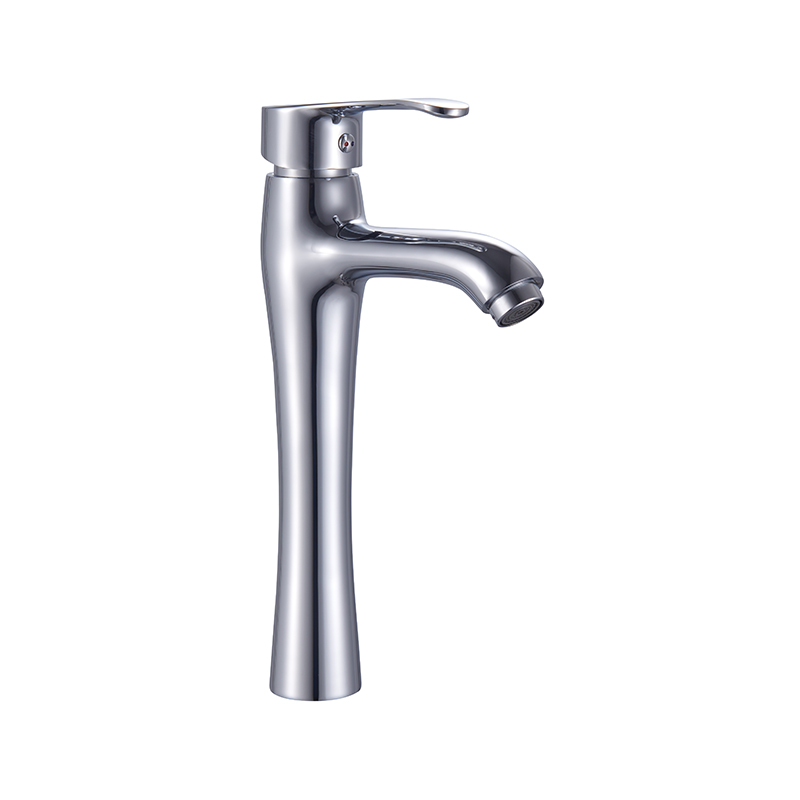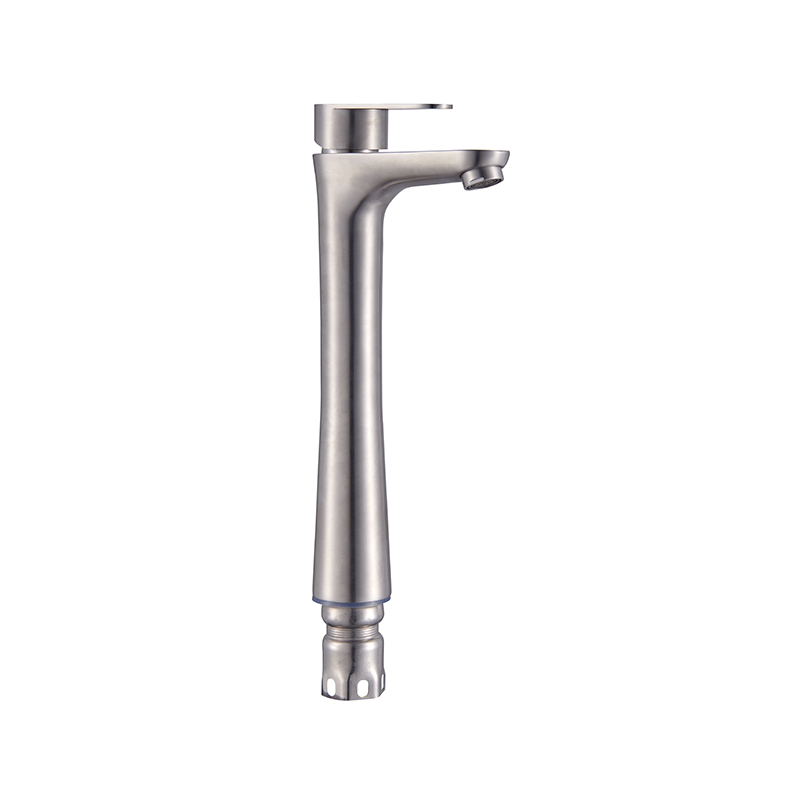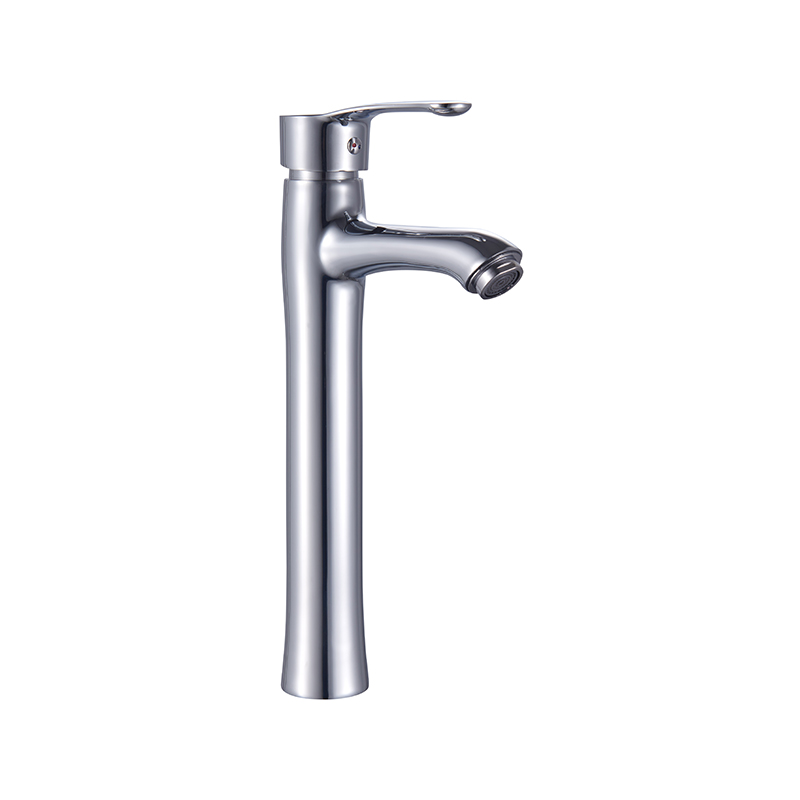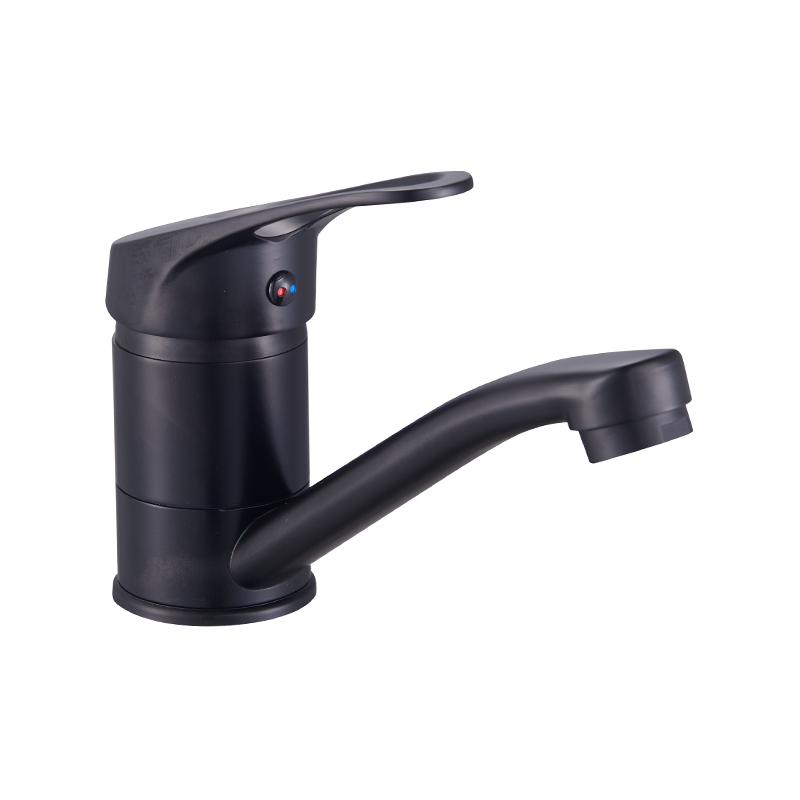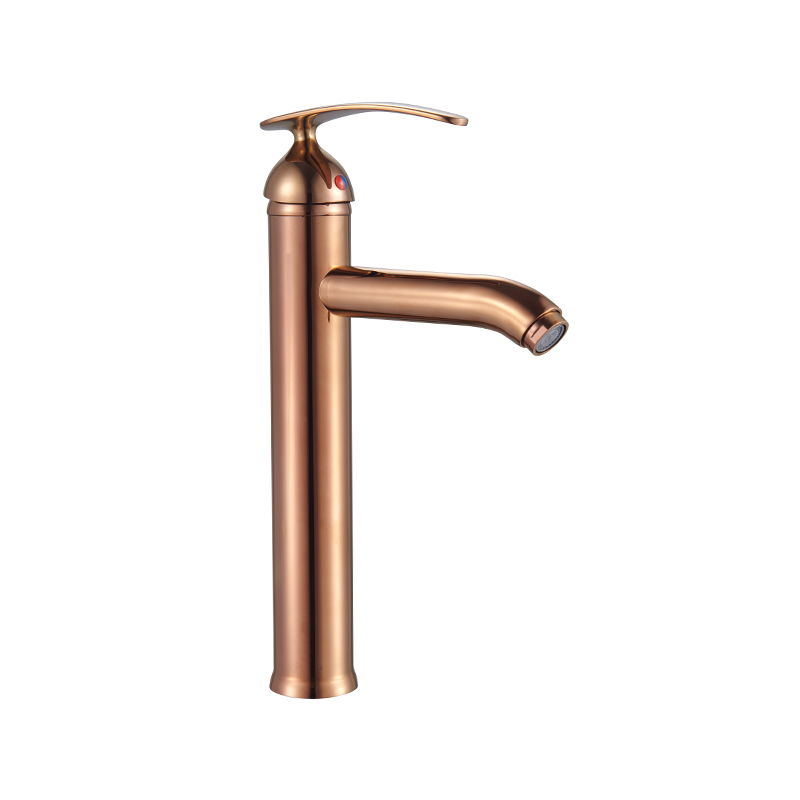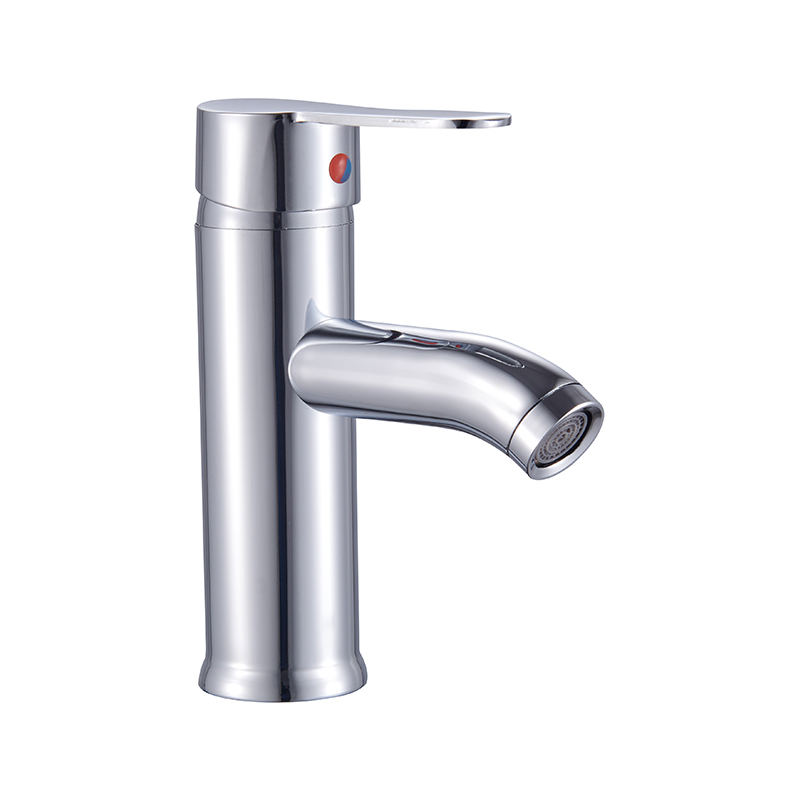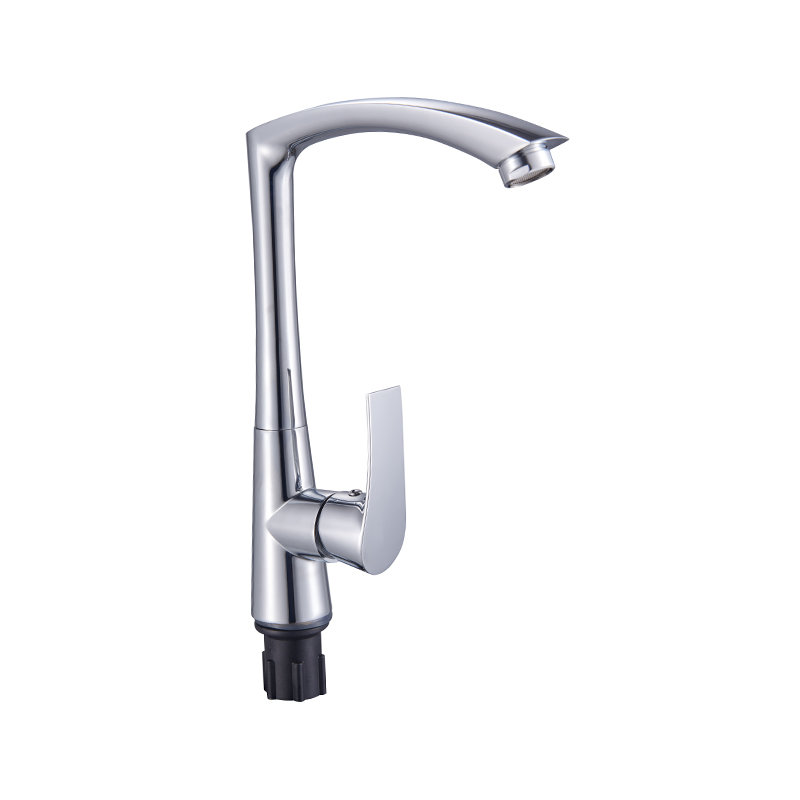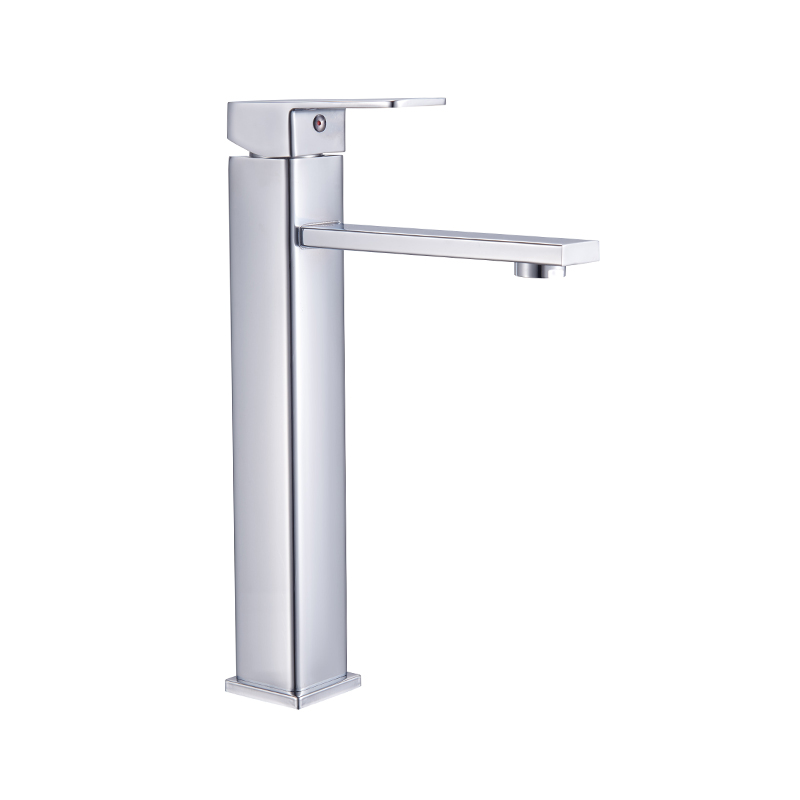When designing or remodeling a bathroom, the choice of fixtures plays a significant role in both functionality and aesthetics. Among these fixtures, tapware for bathrooms stands out as a critical element that affects the overall usability and style of the space. One of the key factors to consider when selecting tapware is the relationship between faucet height and sink depth. This article delves into this relationship, exploring how it impacts everyday use and the importance of selecting the right basin mixer taps or single basin tap.
Understanding Faucet Height
Faucet height refers to the distance from the countertop or basin to the spout of the faucet. This measurement is crucial as it determines how much space there is for handwashing, filling containers, or performing various tasks at the sink. In general, taller faucets can provide easier access to the water flow, while shorter faucets may require more effort to use, particularly for those with limited mobility.
When selecting tapware for bathrooms, it is essential to find a balance between aesthetics and practicality. A sleek, modern faucet design might appeal to homeowners seeking a contemporary look, but if the height is not appropriate for the sink depth, it can advance to an awkward experience during everyday use.
The Impact of Sink Depth
Sink depth refers to the distance from the top edge of the sink to the bottom. This measurement can vary significantly between different sink styles. For example, a deep basin is advantageous for washing larger items or preventing water splashes, while a shallower sink can be easier to access and maintain.
When paired with faucet height, sink depth plays a vital role in determining the overall functionality of the setup. For instance, a shallow sink combined with a tall faucet can create an awkward situation where water splashes over the edge, pilot to potential mess and inconvenience. On the other hand, a deep sink with a low faucet may require users to lean in too far, creating discomfort during routine tasks.
Finding the Right Balance
To achieve a harmonious balance between faucet height and sink depth, consider the following factors:
1. User Height: The average height of the users in the household should be a primary consideration. A taller faucet may be suitable for taller individuals, while shorter users may prefer a more moderate height. Customization options can be explored when choosing tapware for bathrooms to ensure a comfortable experience for everyone.
2. Sink Style: The design of the sink should guide faucet selection. For example, a vessel sink, which sits above the counter, often pairs well with taller faucets, creating an attractive visual contrast. In contrast, an under-mount sink may require a faucet that is lower to provide better accessibility.
3. Functionality: Consider how the sink will be used. For a bathroom sink primarily used for handwashing, a moderate faucet height that allows for easy access without causing splashes is ideal. In contrast, a sink intended for filling larger containers may benefit from a taller faucet that allows for better clearance.
4. Aesthetics: While functionality is critical, the aesthetic appeal of the faucet should not be overlooked. A well-designed basin mixer tap can enhance the overall look of the bathroom while also meeting practical needs. Choose a finish and design that complements the sink and surrounding decor to create a cohesive look.
Choosing the Right Tapware
When selecting tapware for bathrooms, options such as 2 hole basin mixer taps and single basin taps are available to fit various sink styles and user preferences. 2 hole basin mixer taps provide a classic look while allowing for separate temperature controls, which can be a significant advantage for users seeking precision in water temperature. These taps typically require a bit more installation effort but can enhance functionality.
On the other hand, single basin taps offer a streamlined approach, with a single handle controlling both hot and cold water. This can be particularly beneficial in spaces where ease of use and quick access to water are essential. For example, in family bathrooms or shared spaces, a single basin tap can simplify operations, making it easier for users of all ages.
In conclusion, the relationship between faucet height and sink depth is an essential consideration in bathroom design. The right combination can enhance usability, reduce water splashes, and improve overall comfort. When selecting tapware for bathrooms, it is crucial to consider factors such as user height, sink style, functionality, and aesthetics. Whether choosing 2 hole basin mixer taps or a single basin tap, understanding these elements will ensure a well-designed and functional bathroom that meets the needs of all users. By taking the time to evaluate these factors, homeowners can create a harmonious bathroom environment that balances style and practicality, ultimately enhancing the daily experience of using this vital space.
 Language
Language
 English
English русский
русский Español
Español عربى
عربى Phone
Phone
 Email
Email



